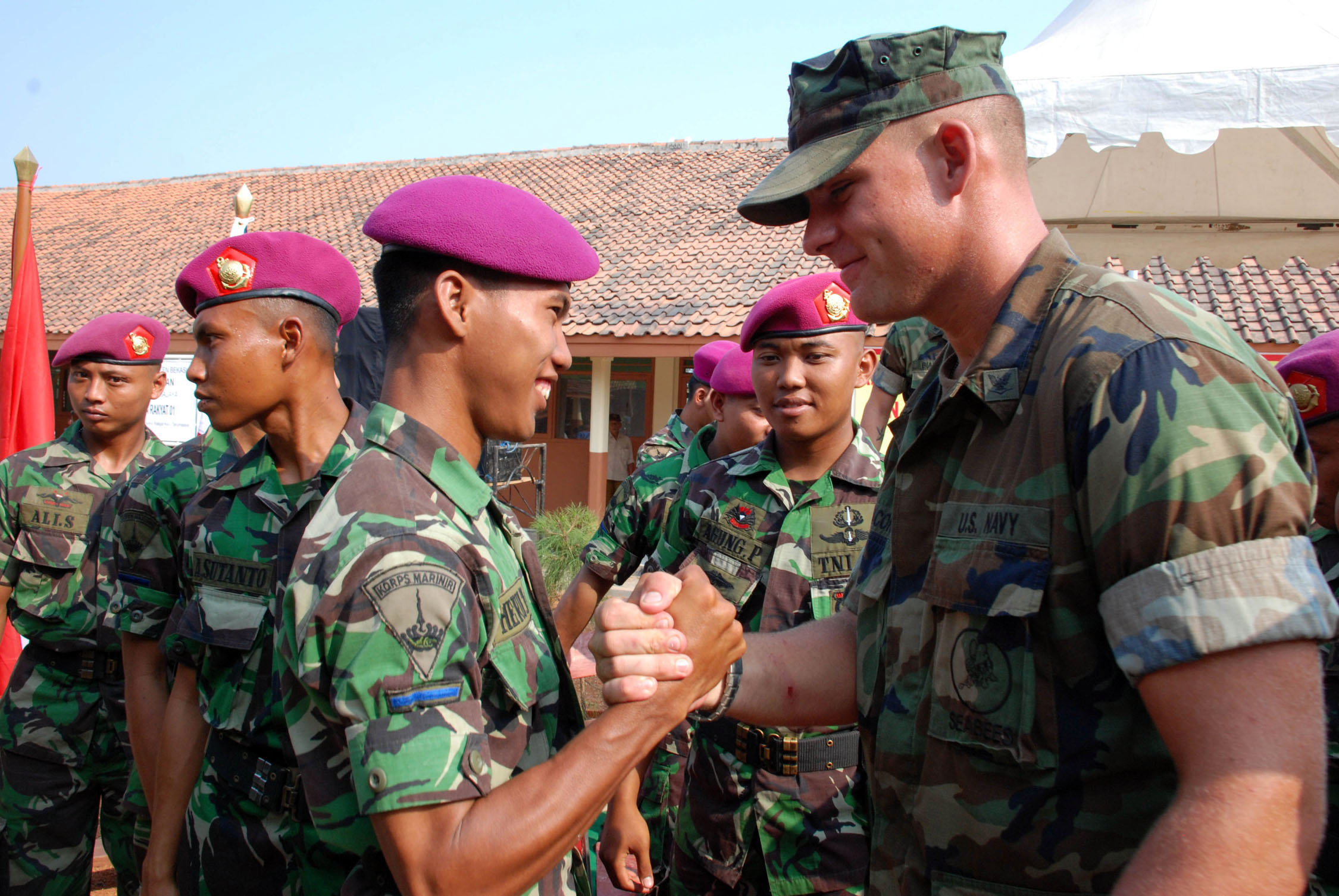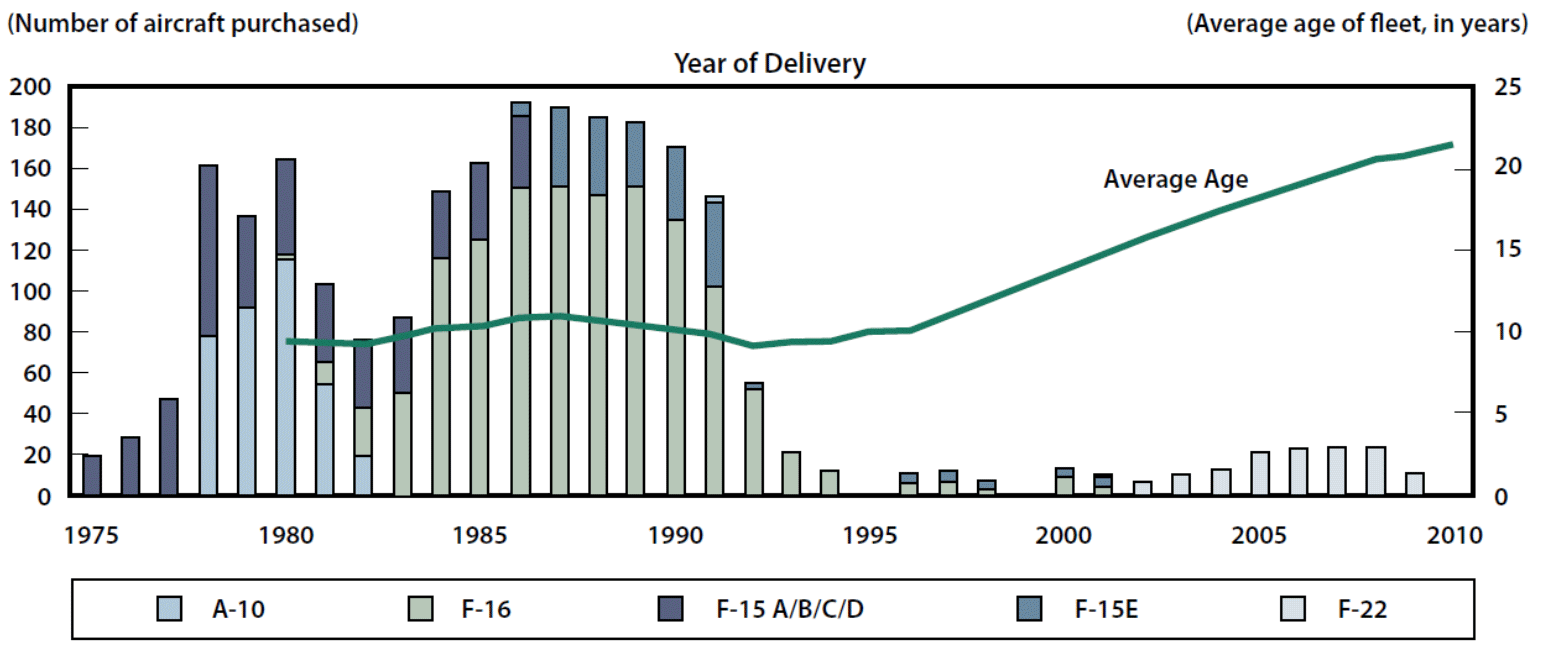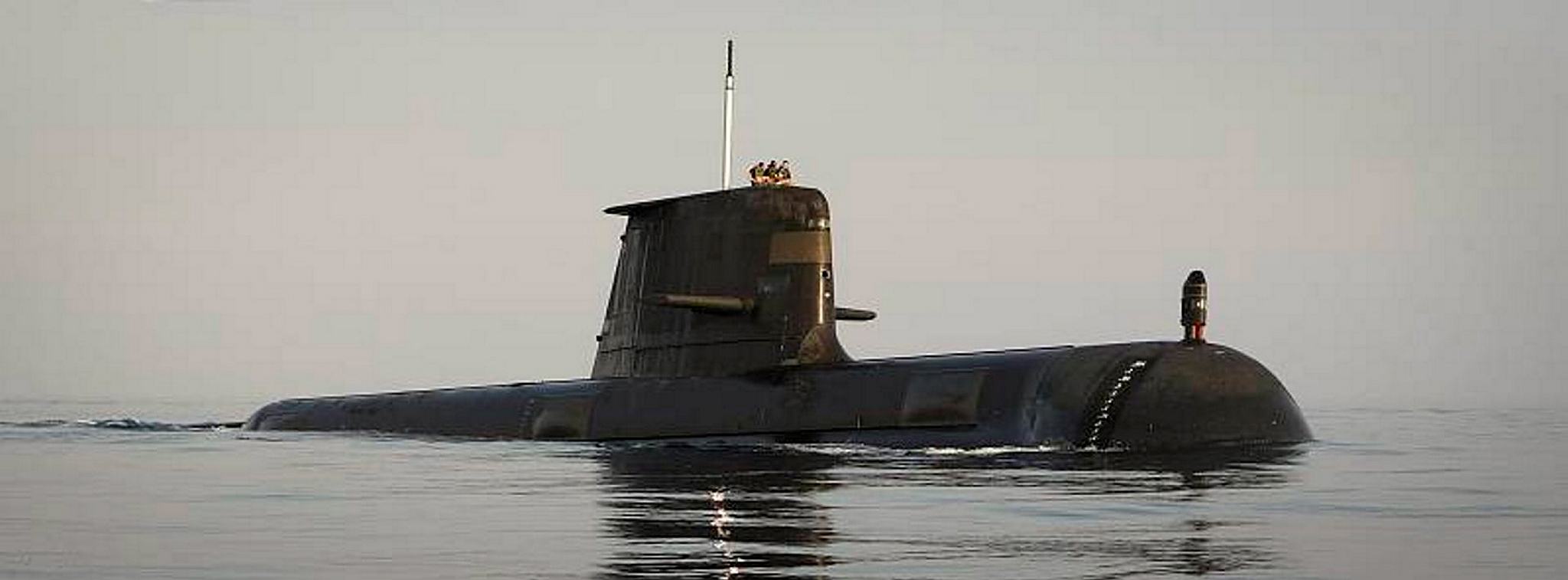ASPI recommends: Stirring from beyond the borders? American military assistance and defense reform in Indonesia
 As I mentioned in last week’s ‘ASPI suggests’, there’s a useful paper from CSIS Jakarta researcher Evan Laksmana that looks at the history of US military assistance to the Indonesian armed forces (TNI) and the effect this has had on Indonesia’s ongoing defence reform process. The state of Indonesia’s military reform is of key interest to Australia, as we steadily expand defence cooperation and increasingly look to Indonesia as a key state in our Asian Century White Paper strategy. Knowing what components of US military assistance work, which don’t (and why) will help inform our military engagement under the Defence Cooperation Program.
As I mentioned in last week’s ‘ASPI suggests’, there’s a useful paper from CSIS Jakarta researcher Evan Laksmana that looks at the history of US military assistance to the Indonesian armed forces (TNI) and the effect this has had on Indonesia’s ongoing defence reform process. The state of Indonesia’s military reform is of key interest to Australia, as we steadily expand defence cooperation and increasingly look to Indonesia as a key state in our Asian Century White Paper strategy. Knowing what components of US military assistance work, which don’t (and why) will help inform our military engagement under the Defence Cooperation Program.
In dealings with post-dictatorship Indonesia, the US and Australia will naturally seek to aid the defence reform process, which includes facilitating the observance of new norms and governance, as well as helping with force modernisation. While these are sound goals in broad terms, it’s not immediately obvious how foreign military assistance can be translated into defence reform and the building of democratic civil-military relations.
The academic literature doesn’t shed much light on this topic, which is why Laksmana’s paper is a valuable contribution. It examines the historical and ideological development of US military assistance, the history of US military engagement with Indonesia (from the Cold War to today), and the implications and future challenges for Indonesia’s defence reform. He chronicles the shift in US foreign military assistance from a Cold War mentality to one aimed at promoting professionalism, democratic ideals and human rights. Read more







